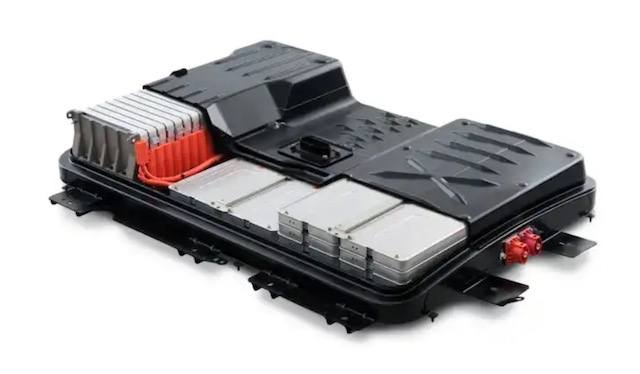When It Comes To Water Pumps, EVs Are Business As Usual
This article was originally published on AftermarketNews.com
Many people are under the impression that electric vehicles don’t need cooling systems. And therefore don’t need water pumps. But, thankfully for the aftermarket industry, this isn’t true. Electric cars produce heat and still need a cooling system. That’s where the water pump comes in.
Why Most Electric Vehicles Use Liquid Cooling

EVs can be air-cooled, but most are not. Liquid cooling is much more efficient because it’s consistent, and this allows the cooled components to run closer to maximum output. Just like for vehicles with internal combustion (IC) engines, there are too many variables involved for air cooling to be efficient at all times. For instance, with air cooling, your electric vehicle has a higher chance of overheating components while traveling at a low speed on a hot day as opposed to traveling at a high speed on a cool day. Liquid cooling takes all these variables out of the equation and provides consistent cooling at all times. Also, the warm coolant can be used to provide cabin heat.
The Electrical Components That Need to be Cooled

Electric vehicles have several sources of heat. But, they don’t generate temperatures as high as an IC engine does. This causes the cooling system to be designed differently. Some EV’s use two completely separate cooling circuits, each with their own water pump. Exactly what components are cooled will vary by manufacturer. But generally, these items are cooled:
- Electric motor(s)
- Battery
- Inverter
- DC – DC Converter
How a Water Pump Functions in an Electric Vehicle
An electric water pump is powered by the vehicle’s electrical system. There can be up to two or three water pumps in an EV. The ECU turns them on only when their circuit needs cooling. That way, the system has more targeted cooling, which helps reduce the load on the battery. Additionally, some vehicles also have a water pump just to provide cabin heat.
The Main Differences Between EV Water Pumps and Regular Water Pumps
Both types of water pumps circulate coolant. But there are still a few notable differences between the two:
- The cooling system in EVs uses electric water pumps. The cooling system in internal combustion engines uses mechanical water pumps.
- EV water pumps are not subject to very high temperatures, as seen by mechanical pumps.
- Electric water pumps last much longer than mechanical water pumps due to less heat and fewer hours of operation.
- Gas-powered cars typically use one water pump for the entire cooling system while EVs typically use multiple pumps.
- A mechanical water pump runs the entire time the car is running (even when cooling is not required). An electric water pump turns on only when the cooling system needs to be used.
- An electric pump may be mounted in any convenient location. Belt driven mechanical pumps must be mounted on front of the engine.
MORE CONTENT
Stay current!
Sign up here to get the latest news
and updates on all things GMB.
Sign Up To Receive GMB News & Updates!

